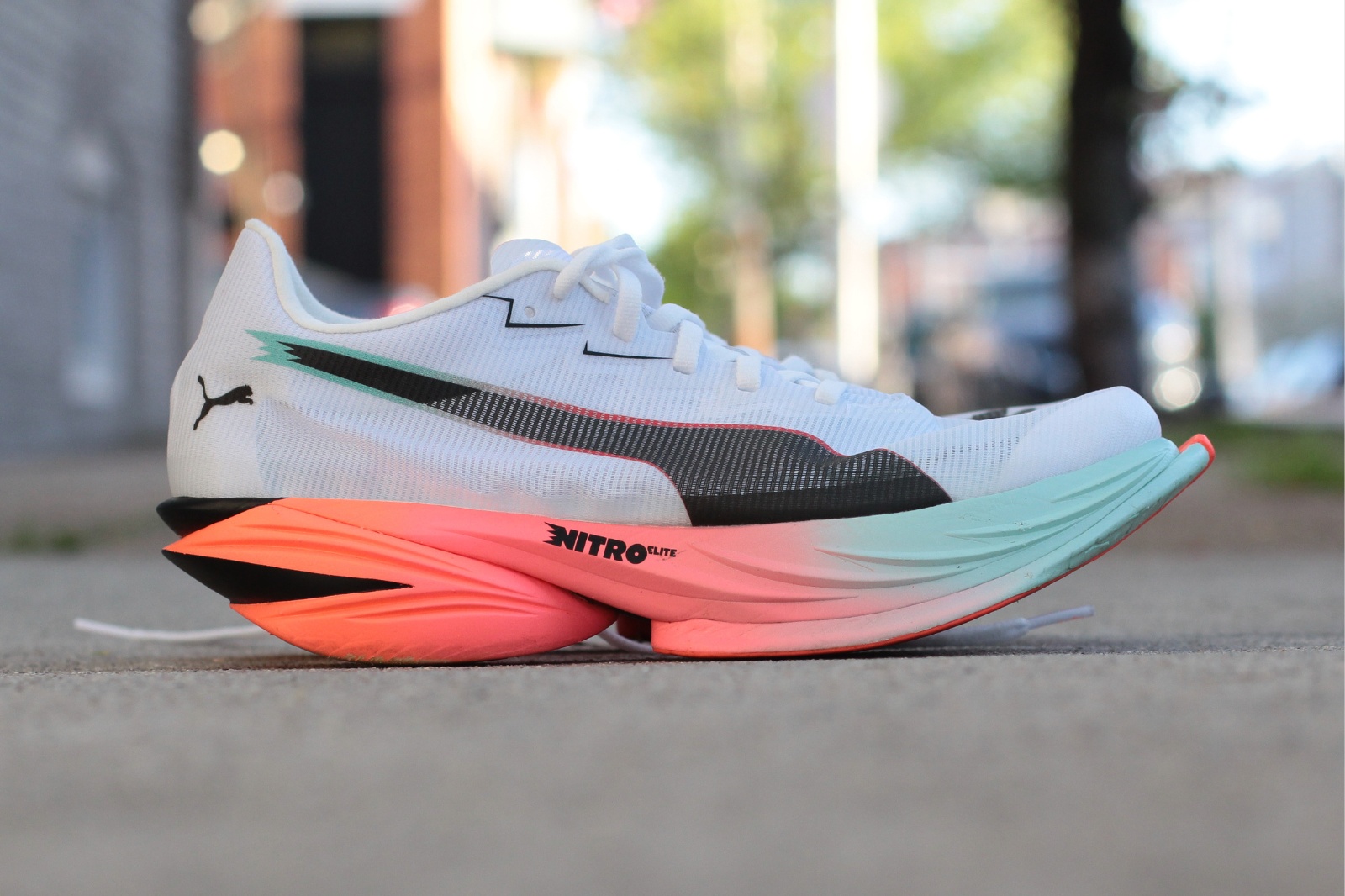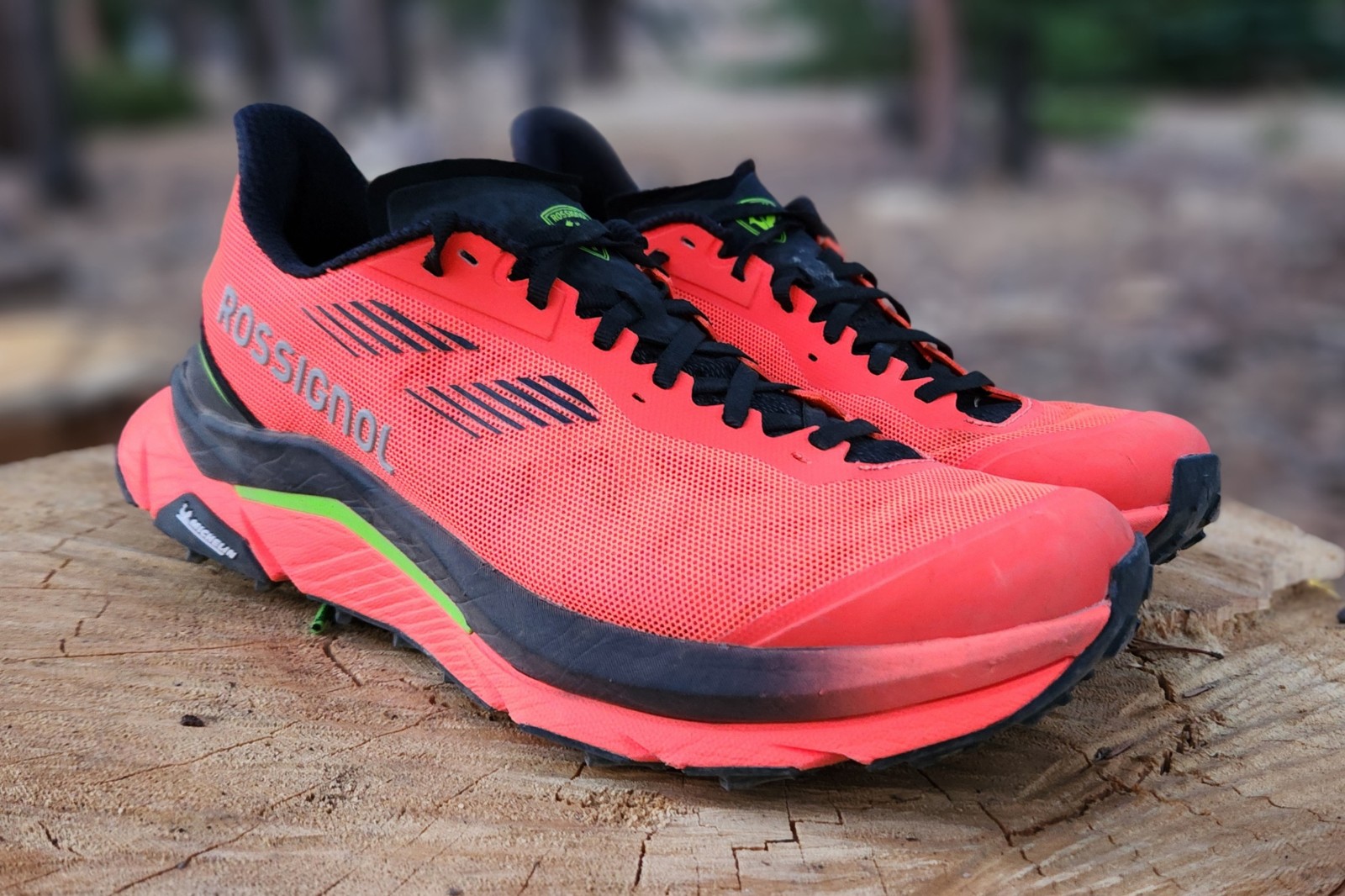
We independently review everything we recommend. When you buy through our links, we may earn a commission.
9.9 oz. (282 g) for a US M10 / 8.1 oz. (231 g) for a US W7.5
30 mm in heel, 24 mm in forefoot (6 mm drop)
Any trail, from every day to race day
Michelin Formula outsole, Dual-density midsole, Diapazon Plus insert, Air Mesh upper
Available now for $180




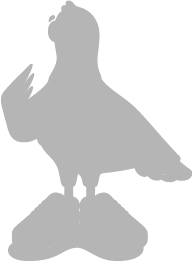










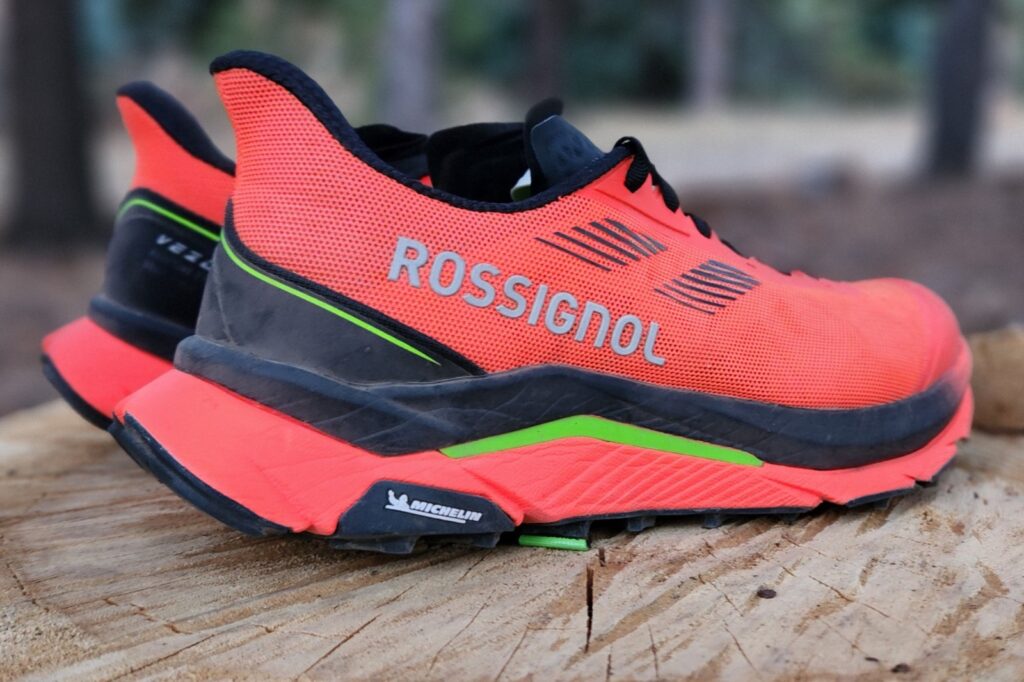
TAYLOR: Memorable runs can happen for any reason. It could be a jaw dropping vista, personal fastest time, or one of those cerebral days where miles click off in no time because of your stream of thoughts. Sometimes, there’s no good reason at all that. When multiple days like that string together in rapid succession, there may be a common denominator.
Not to give too much away from the start, but this happened to me recently and the connecting thread was the Rossignol Vezor.
Rossignol. Ross-ig-nol? You heard of ‘em? If your sole sport is running, there’s a good chance you haven’t. If you play around in the mountains in other ways, you likely have. They are world-renowned for their snow equipment, especially skiing. Quality and innovation go hand-in-hand when the Rossignol name is attached to something.
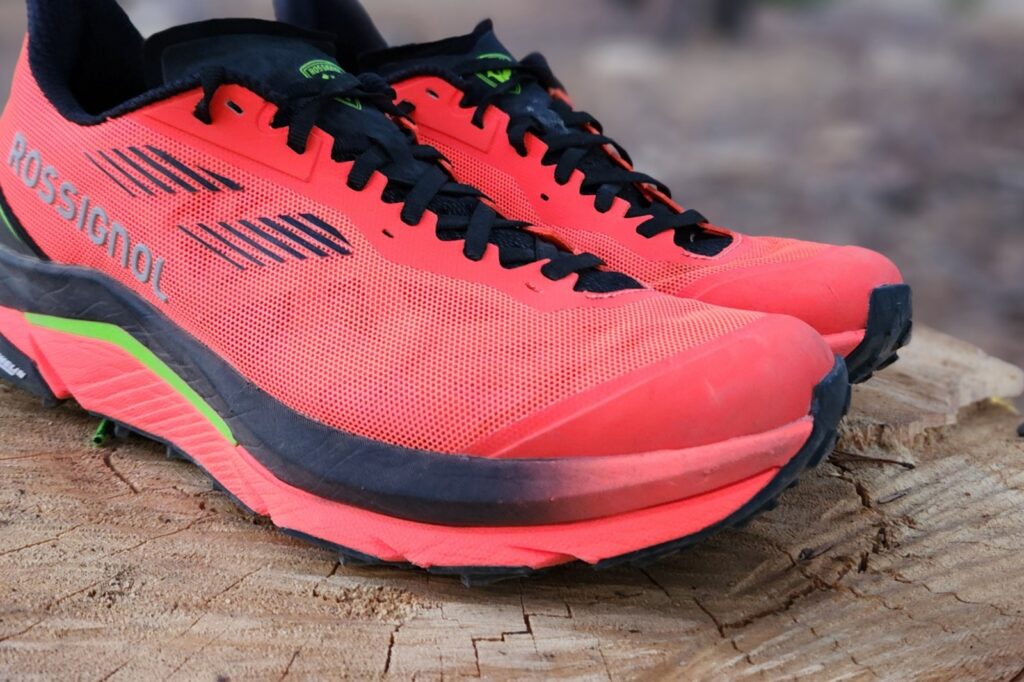
So, it makes complete sense that when Rossignol steps into a new atmosphere, its expertise in rapid mountain movement follows. I saw the Vezor first when I stepped into Rossignol’s pop-up in downtown Chamonix during UTMB week. The exploded model they displayed had layer upon layer of thoughtfulness. My intrigue grew as I gabbed with one of the designers. A month or so later, I had their first trail shoe on my feet for test miles.
Since then, I’ve put the Rossignol Vezor through the wringer here in the Colorado Rockies. Honestly, even with the multitudes of other exciting shoes I’ve tested this year, I still have a desire to reach for the Rossignol Vezor again. And that says something.
MATT: As Taylor mentioned above, Rossignol is a household name for those hitting the ski slopes, but when a shoebox arrived at my house with their logo on it, I was a bit surprised. Rossignol’s entry into trail running with the Vezor makes sense; the brand knows mountain gear. However, we have also seen a surge in top-notch trail shoes of late from brands initially known more for their general outdoor apparel and gear, such as The North Face, Merrell, and Arc’teryx.
I was intrigued to see if the Vezor could follow in the footsteps of some of the recent models of those aforementioned brands and garner a positive review from the BITR Dirt Division.
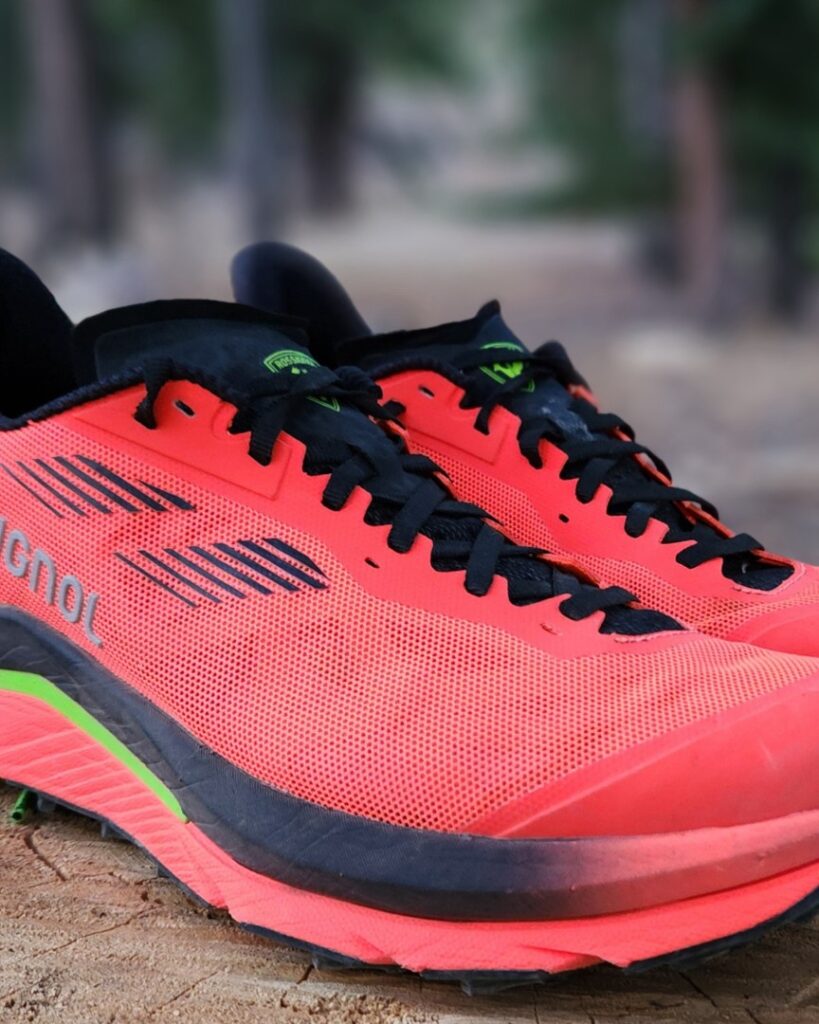
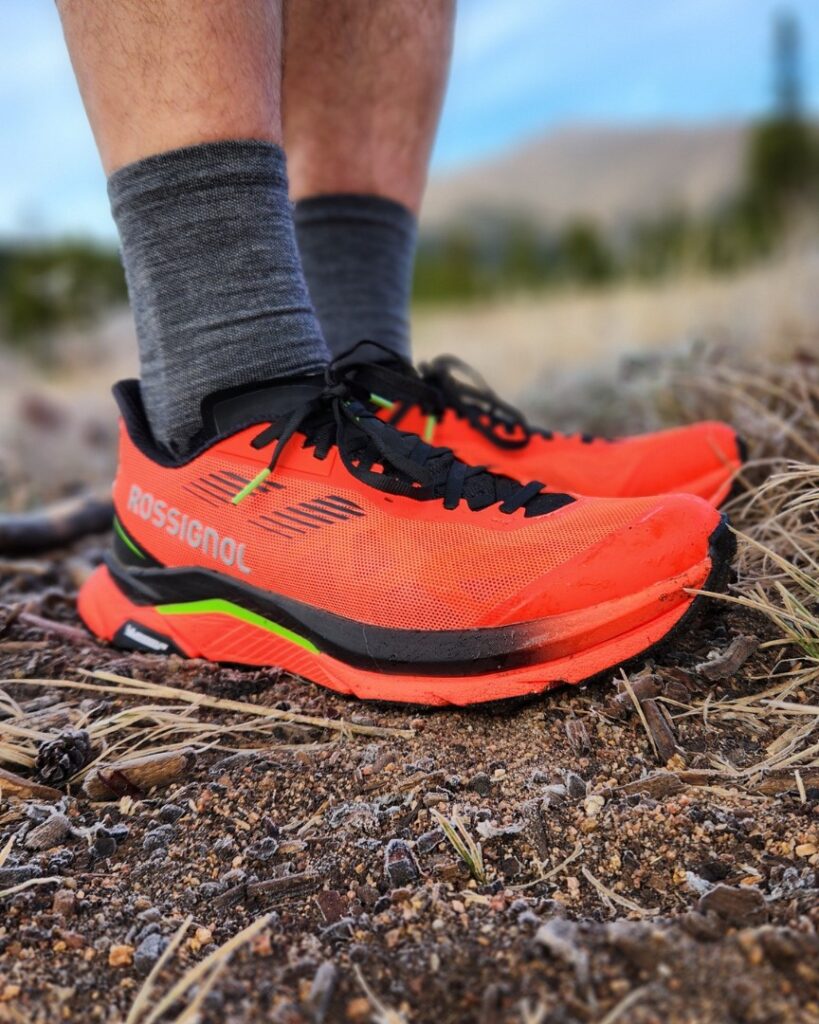
TAYLOR: I’m just into spoilers today, apparently. As I mentioned above, it’s clear that Rossignol did some research of the best-of-the-best in the trail running industry. It was fairly easy for me to make comparisons to multiple fan favorites. At the same time, this shoe feels fairly unique within the landscape. If I throw out shoes like the Hoka Tecton X 2, Mafate Speed 4, Adidas Terrex Agravic Speed Ultra, Brooks Catamount 3, and Arc’teryx Sylan Pro, are you sticking around to find out a little more? As you should.
My first stop is going to be at the underfoot experience. There’s a modern familiarity with dual-density midsoles and plates. Those are definitely in this recipe, and it was tastefully done. There are many layers to this design. The most distal layer is a more traditional injected EVA that gives structure and protection.
Just above that is the Diapazon Plus insert. Think of it as a dynamic shank. It provides structure, support, and stability through the midfoot and creates a controllable connection between the forefoot and heel. It is less of a propulsive mechanism, but it does position the foot for an energetic toe-off no matter how you land on the trail. The Hoka Tecton X 3, Brooks Catamount 4, and North Face Vectiv Pro 3 all employ similar technology to leverage stability as a performance tool.
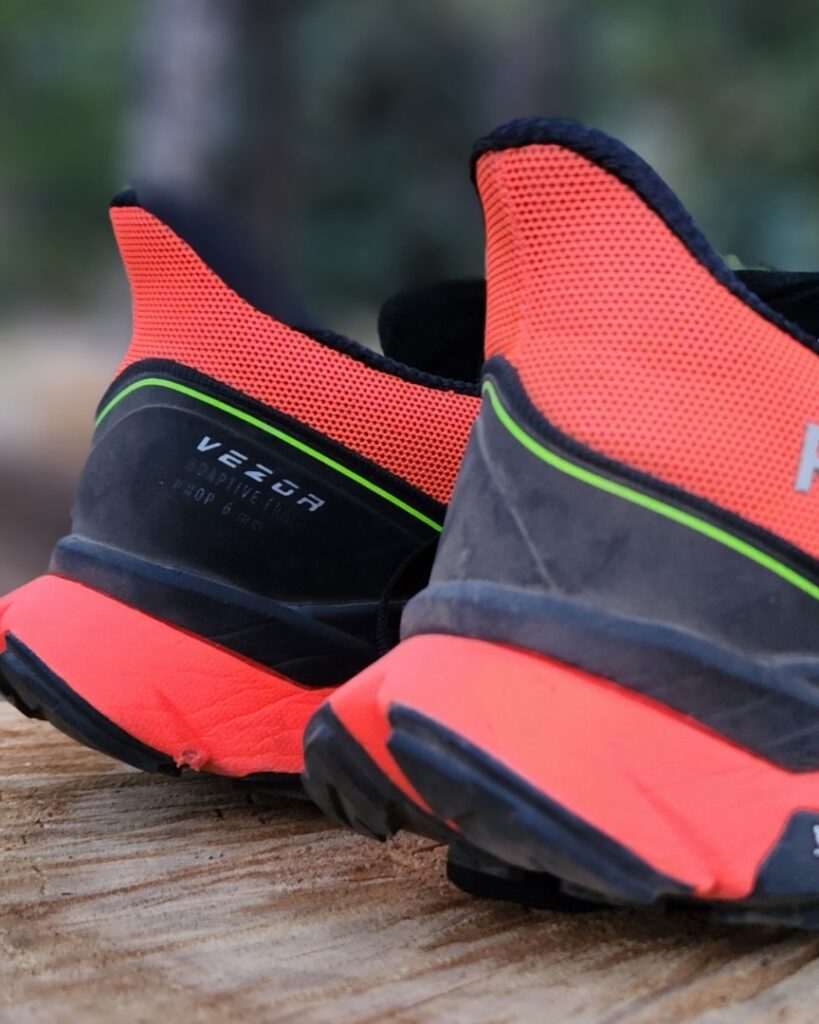
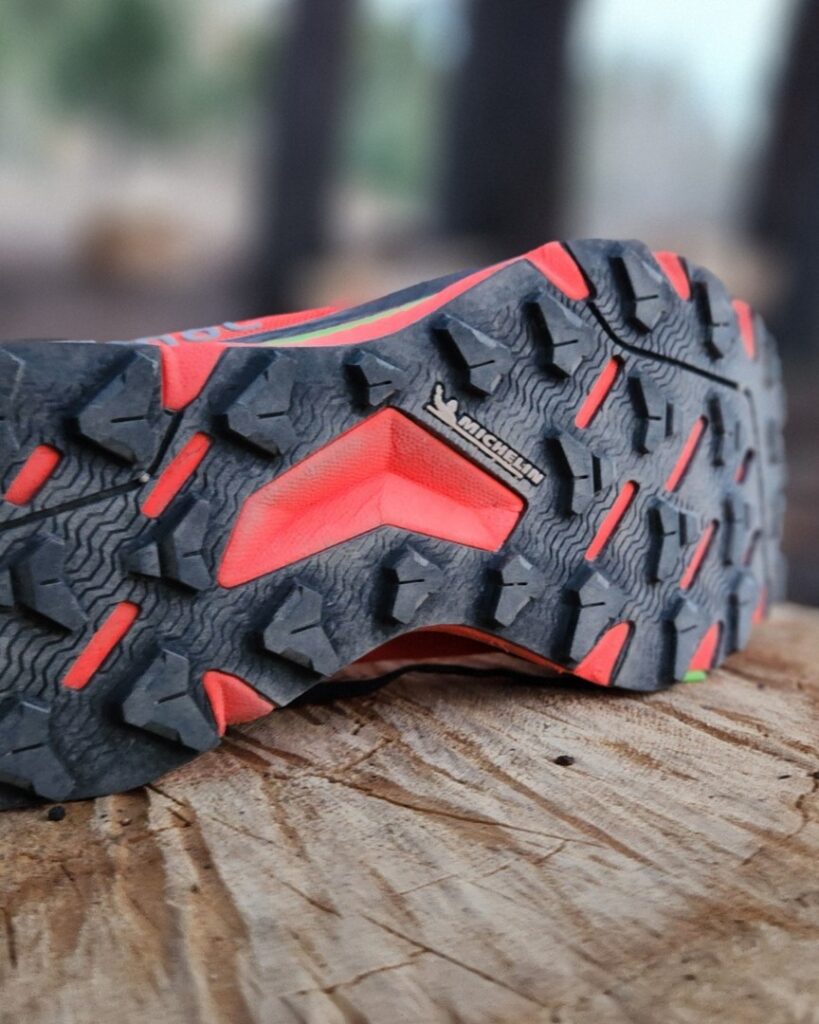
A goat-hoofed heel construction and mid-width forefoot also assisted in the dynamic capabilities of the Rossignol Vezor.
The energy and cushion felt in this shoe are a direct result of Rossignol Vezor’s N Plus Foam. It is a hefty slab of nitro-infused foam that provides a good energy return and moderate cushioning for the long haul.
Another crucial ingredient in making this feel like a solid race-day option is the midsole geometry. The Vezor is arced in both the front and back. Perhaps they took some inspiration from their knowledge of twin-tipped skis. There was a very efficient connection with the ground, and the moderately aggressive rocker returned equal amounts of energy through each stride.
I also got the sensation that the Adidas Terrex Agravic Speed Ultra is known for (for better or worse). There’s a mild gyrosphere-like sensation. There’s a little bit of lateral rocker sensation between the midfoot and heel. Depending on how you strike, it will either feel like dynamism (mid to forefoot foot strike) or instability (heel strike).
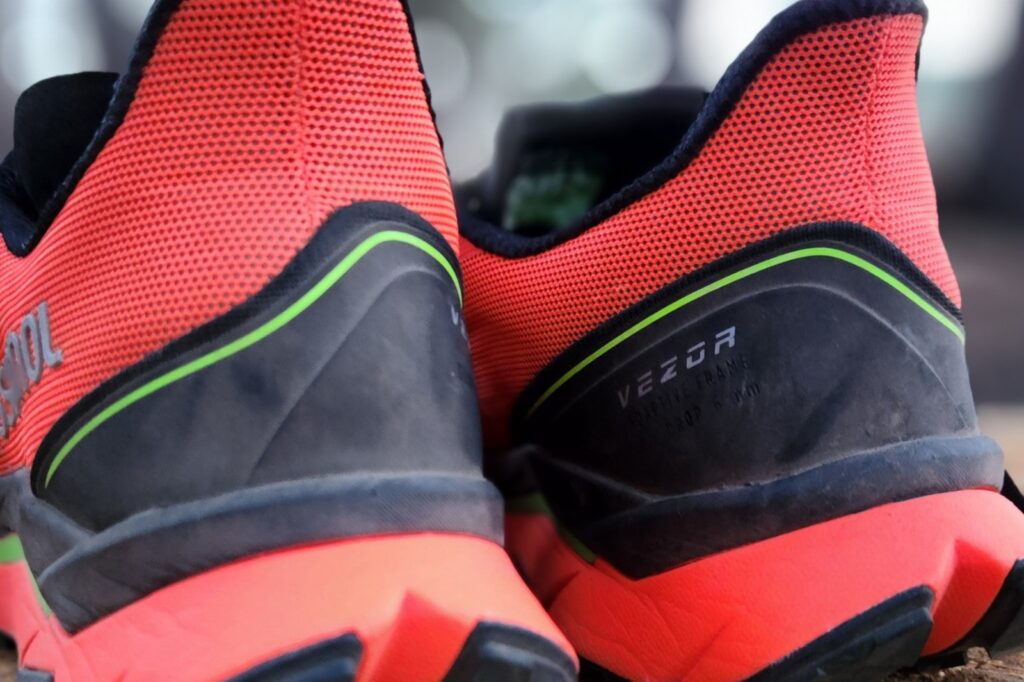
As far as protection goes, there’s no rock plate, but Rossignol does provide an additional insert to layer in the footbed. It was noticeable as a dampener of underfoot invaders. I appreciated the amount of ground feel to protection ratio in this package. I would compare it to the Hoka Mafate Speed 4 in that manner. You do get more ground feel than many other race day options because of the moderate stack, but there are certainly tradeoffs in the maneuverability department in favor of the Rossignol Vezor.
A slimmer fit (as I would expect from a ski-first European brand) only assisted the technical capabilities. For my foot (wide/average forefoot), the Vezor felt appropriately snug through the heel and midfoot and slimmer in the forefoot. The extended lacing chain with the zonal lacing option helped with being a little more accommodating to dial in a really specific fit.
The upper followed suit with a very technical engineered mesh. It had multiple layers that served different purposes, but it felt very breathable and maintained its condition (no stretching or signs of breaking down). I’ve loved seeing companies’ internal support to bolster uppers. The Vezor had some very strategically placed underlays for both structure and securing fit.
If you’ve been around these parts, you may know I appreciate a well-built heel. The Rossignol Vezor checks all the boxes for me in having a structured heel cup, moderately padded collar, and a secure fit where it matters most. The elf-eared tab reminded me a lot of the functionally comfortable Hoka Mafate Speed 4.
Last on my long-winded list of praise for the Rossignol Vezor is the Michelin Formula Rubber outsole. Michelin outsoles have never steered us wrong, as they typically come with a very tacky rubber and are quite durable. That’s the same story here. This particular design included versatile yet adequately grippy 4 mm lugs in most conditions.
MATT: The Vezor feels like a very unique shoe, one that I like to imagine has been kicking around in the minds of the design team at Rossignol for some time.
Taylor made some good comparisons, which I mostly agree with, but I was more left thinking that this shoe was different from most anything out there at the moment. Certain components may draw close comparisons to other shoes (the midsole and Diapazon insert remind me of the Hoka Tecton X 3), but the sum of the parts presents the Vezor as a shoe really unlike any others.
Rossignol lists the heel stack at 30 mm, but I felt like the shoe rode even lower to the ground. The low and stable ride, combined with the dynamic, yet still on the firm side, midsole, resulted in a locked-in feel with excellent ground feel.
I found it impressive that the Vezor could handle technical and sloppy conditions with its 4mm lugs and Michelin Formula rubber while weighing less than 10 oz. I would definitely describe the Vezor as a nimble shoe, feeling even lighter under foot.
We have seen the wedge heel design on a few trail and road models (most recently Craft’s new race shoe, the Kype Pro) with what I would call mixed results. In the case of the Vezor, the split heel does feel like a dual suspension truck when off-roading, as you can feel the flex, especially on tight switchback turns and cambered trails. The design plays into the overall stability of the shoe.
Shop The Shoe - Men Shop The Shoe - Women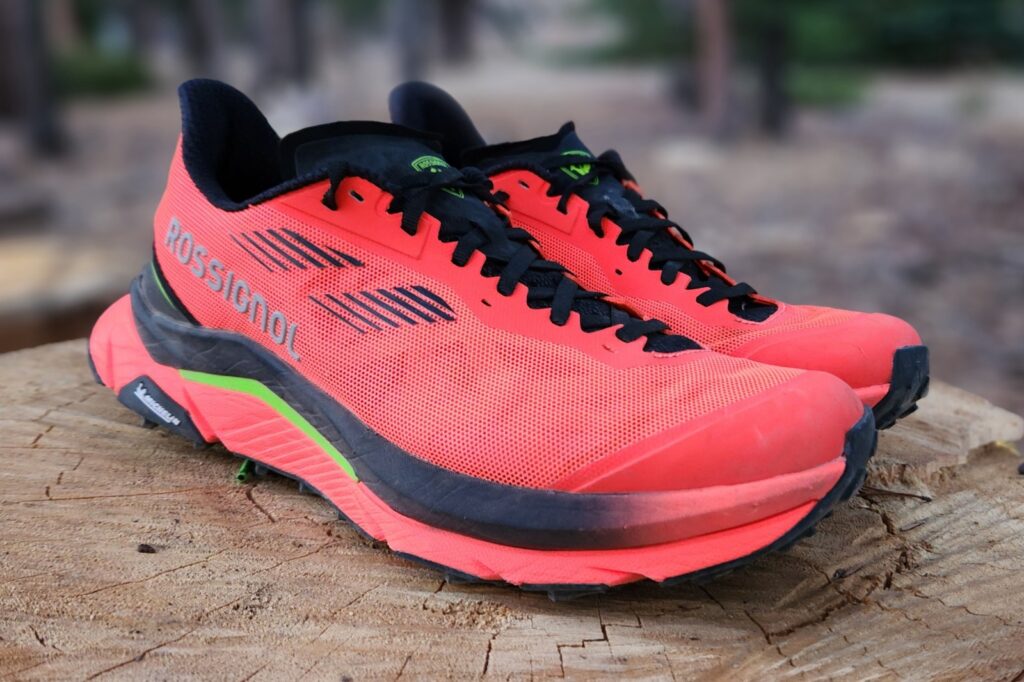
TAYLOR: The fit will probably be most people’s least favorite part of the Rossignol Vezor. Even though I had no real issues with discomfort or irritation in my forefoot, it felt narrow. It was something I was able to get used to and even embrace as the slimmer profile assisted in technical performance, but it does surprise me every time I put it on. If you’ve had experience with the Salomon S/Lab Pulsar 3 or Craft Pure Trail X, it’s a similar feeling with the exception that the upper is more forgiving on the Vezor. A slight broadening would probably please many — at least on this side of the Atlantic.
Another issue that exasperated the first was that the semi-gusseted tongue would bunch up in the toe box. The extended lacing chain and tongue into the vamp is a tricky thing to get completely right. Both the Arc’teryx Norvan LD 4 and the original Hoka Tecton X had similar struggles. By-in-large, the overall fit was satisfactory for the Vezor, downhills would push the tongue into the toebox and create as small jam of material. Again, this wasn’t something that caused irritation, just annoyance until I could forget about it. Any amount of lacing adjustments didn’t completely solve the issue.
Lastly, if your ankles have the tendency to wiggle and waggle, the Vezor has a little bit of a wild side on the back half. This is one of those shoes that feels best at quicker paces where you are more likely to land mid to forefoot. It was the most stable in those cases. Slower paces and heel striking revealed the potential for lateral instability.
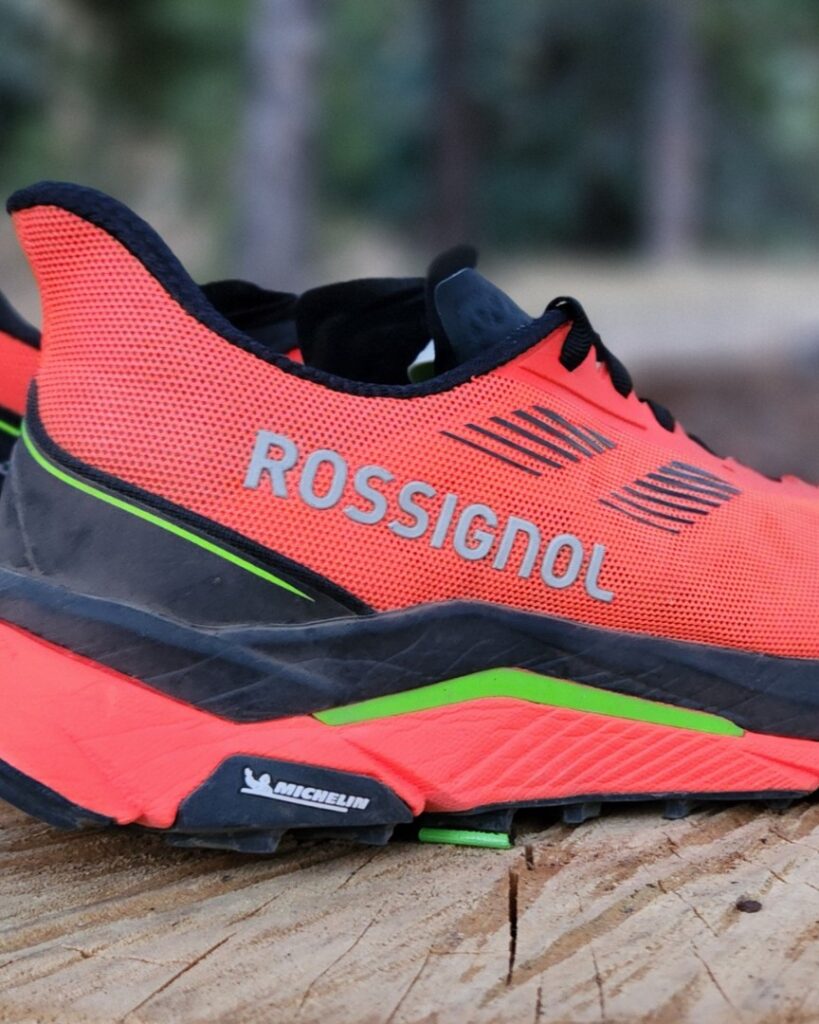
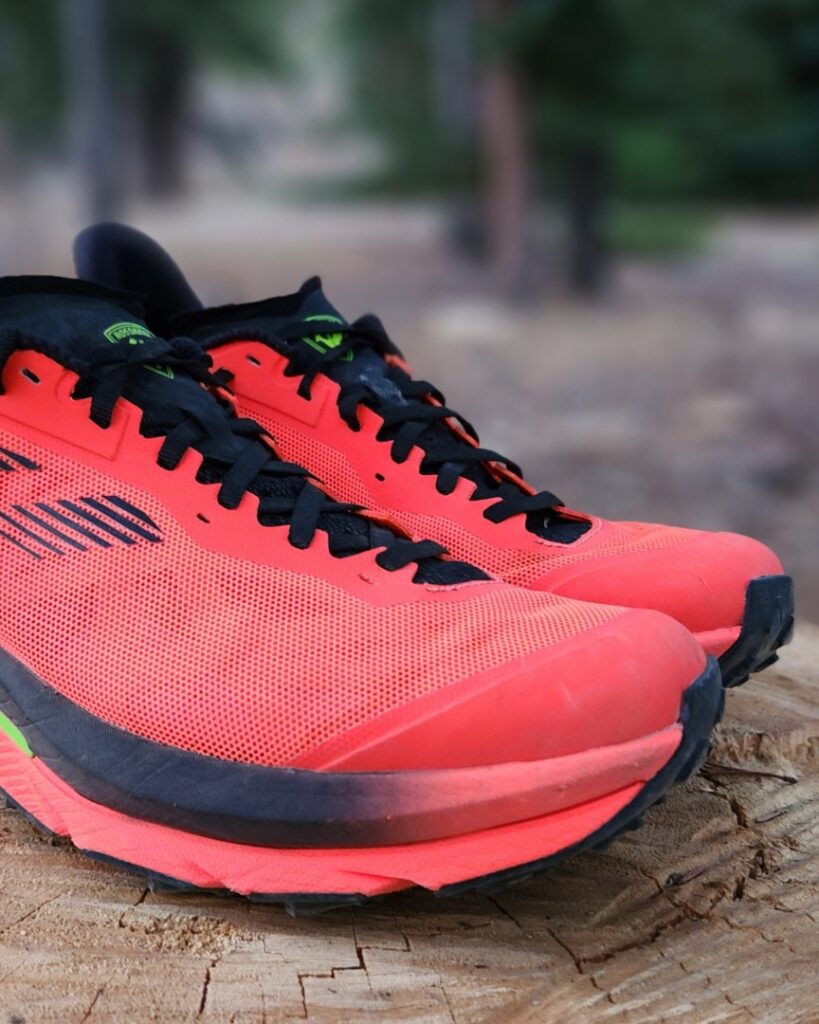
MATT: I overwhelmingly loved the Vezor, but a couple of drawbacks kept me from rating the shoe higher in my evaluation.
The first issue was that, despite really liking the overall construction of the upper, the toebox and midfoot area were pretty narrow. I do not have wide feet, so the fact that I was getting some pretty legit pinching along the outside of my feet would likely make the Vezor a tough sell for any runners with wider feet. I’m not sure sizing up fixes this issue, as the shoe overall felt locked in and true to size; it’s just that the footbed is too narrow for my comfort.
My other issue was less an issue with the Vezor and more a personal preference. I found the midsole ride to start to feel a bit harsh underfoot when running for longer than a couple of hours. I am drawn to a midsole foam that is a bit softer than what Rossignol offers with the Vezor. If I were to limit the shoe to 2 hours, I don’t think I would have any complaints.
Shop The Shoe - Men Shop The Shoe - Women
TAYLOR: Rossignol deserves a round of applause or snaps, whatever way you like to give notice of achievement. The Vezor is a phenomenal debut shoe. Heck, it’s a great shoe, regardless!
What I appreciate most is that Rossignol Vezor clearly did its homework and pushed some margins where it thought necessary. This shoe rides the edge of pure confidence and consequence. I love that feeling in a race shoe, in particular. It lands somewhere between the Hoka Tecton X 2 and the Adidas Terrex Agravic Speed Ultra. I felt fast, had fun, and was mostly in control of this ride over a variety of terrain.
There are some minor issues surrounding fit, and be cautious if you have weak ankles. Neither negative is to the degree in which I would suggest NOT trying this shoe. Overall, I think this could be a very capable daily trail runner or race day option for anything from short trail races to half-day adventures. Some will be comfortable pushing it to the 6-12 hour mark in softer terrain.
If you have the chance and are looking for a shoe that’s very performance-capable, off the beaten brand path, and costs $50 less than leading race-day shoes, go check out the Rossignol Vezor.
MATT: I will echo Taylor in saying I give a big round of applause to Rossignol. They have produced a really unique and well-performing trail shoe with the Vezor, which is even more impressive considering it’s their debut model.
While I have concerns about how the fit and firmness of the shoe may translate to longer distances on the trails, I would have no hesitation in recommending the Vezor as a great all-around shoe that can tackle technical terrain, keep you stable and secure on training runs, and be a worthy selection underfoot on race day, all while saving you some cash compared to other models on the market.
You can pick up the Rossignol Vezor for $180 from Rossignol by using the buttons below.
Shop The Shoe - Men Shop The Shoe - WomenHave something to say? Leave a Comment

Taylor Bodin is a trail and ultra runner living in Estes Park, Colo., with his wife and daughters. As the head of the Dirt Division at Believe in the Run, trail running is pretty much the only hobby he can manage right now and loves it. Every so often, he will pop off a race or FKT attempt because competition is pure and the original motivator for him getting into running anyway.
More from Taylor
Matt is a recovering triathlete who fell in love with running and left the dark side behind. Trail and ultra running are where he is most in his element, but he can still be found routinely running the streets in and around Baltimore with the Faster Bastards. Aside from running, he is a lover of coffee, mezcal, beer, and 90s country music.
More from Matt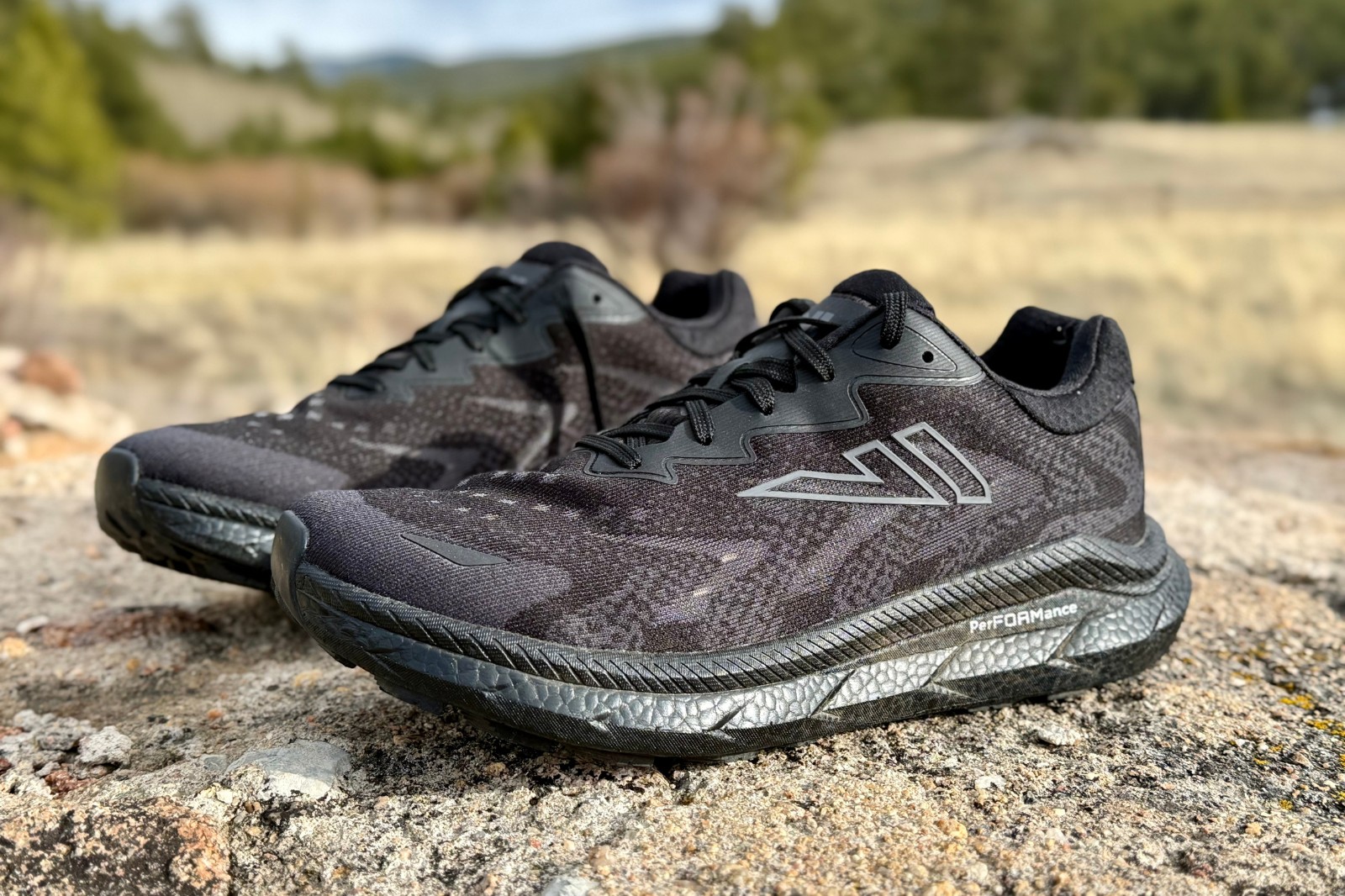
 Read Article
Read Article
